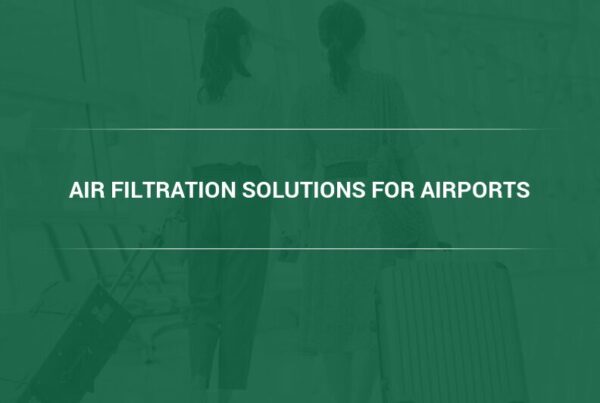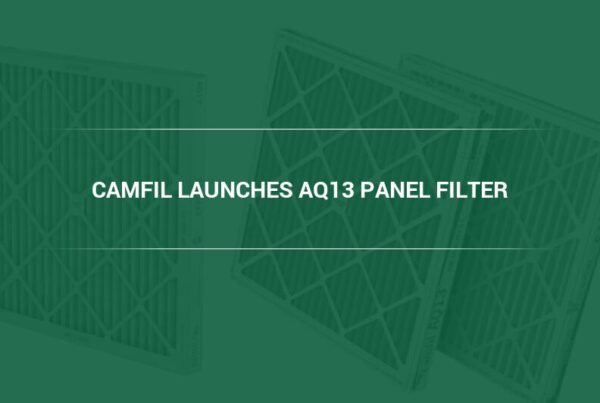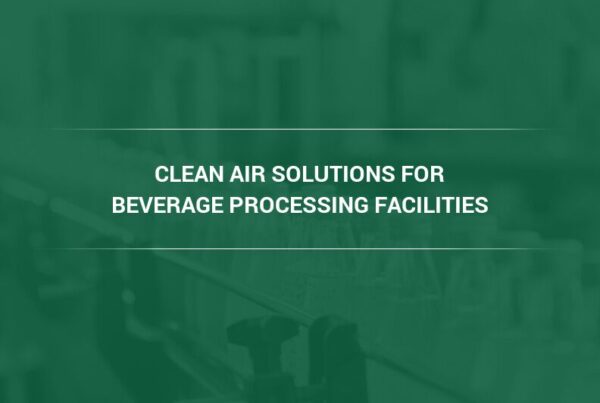Clean air is a critical component of creating an environment where students can thrive academically, physically, and emotionally. Schools are spaces where children spend the majority of their day, and the quality of the air they breathe can have profound effects on their health, cognitive performance, and attendance.
Addressing Air Quality Challenges in Schools
Common Pollutants in School Environments
Schools are often rife with various indoor and outdoor air pollutants. These can include:
- Dust and Allergens: Generated from foot traffic, old building materials, and outdoor air brought in through ventilation systems.
- Traffic Pollution: Schools near busy roads are particularly vulnerable to pollutants like nitrogen dioxide and particulate matter.
- Volatile Organic Compounds (VOCs): Released from cleaning supplies, paints, and other chemicals.
- Pathogens: Airborne bacteria and viruses that can quickly spread in enclosed spaces.
Health Risks of Poor Air Quality
Exposure to these pollutants can lead to a wide range of health issues, especially for children, whose lungs are still developing:
- Increased rates of asthma, allergies, and respiratory infections.
- Impaired cognitive functioning, including memory and attention.
- Higher absenteeism due to illness can hinder academic performance.
Benefits of Air Filtration Systems in Schools
By implementing air filtration solutions, schools can dramatically improve their indoor air quality (IAQ).
Reduction of Airborne Contaminants
High-efficiency air filters (i.e. rated MERV 13A or higher) are effective at removing contaminants found in typical school environments, including dust, allergens, and even bacteria.
Enhanced Academic Performance
Research has demonstrated that improved air quality leads to better cognitive functioning, enabling students to concentrate better and perform academically at their best.
READ MORE: How Proper Air Filtration Enhances Academic Performance
Reduced Absenteeism
Cleaner air helps reduce the prevalence of asthma and other respiratory issues, leading to fewer sick days for both students and staff.
Standalone Systems vs. Integrated Filters
When choosing an air filtration solution for schools, understanding the benefits of both standalone and integrated filtration solutions helps building operators make informed decisions:
Standalone Systems
These portable units, often sold as air purifiers or air cleaners, are perfect for individual classrooms when they use both HEPA filters and activated media filters to combat particulate and gaseous pollutants. They require minimal installation and maintenance while delivering powerful filtration beyond what most existing school HVAC systems can typically support.
When selecting an air cleaner or purifier, be sure that it comes with paperwork verifying that the HEPA filter was individually factory tested.
LEARN MORE: CamCleaner CC500 – Medical Grade Air Purifier by Camfil
Integrated Filters
These units are integrated directly into the building’s HVAC system, allowing them to provide comprehensive air purification and circulation throughout the entire facility. By working in tandem with the existing HVAC infrastructure, they ensure consistent and high-quality air is delivered to every area of the school.
However, existing HVAC systems usually restrict options for integrated filters due to limited capacity for filter depth within the system’s housing, making it important to consult with an experienced specialist while choosing filters for the school’s HVAC system.
How to Implement Air Filtration in Schools
Assessing School Needs
Every school is unique, with varying building sizes, campus layouts, and environmental exposure to pollution. Begin by assessing your facility’s specific needs, taking into account factors like room size, student population, and proximity to air pollutant sources.
Placement Strategies
Correct placement of air purifiers maximizes their effectiveness. For instance, positioning units near doors, windows, or high-traffic areas can prevent pollutants from circulating through classrooms.
Maintenance and Monitoring
Regular filter replacements and performance checks ensure long-term efficiency. Tools like air quality monitors can provide real-time data to keep the system running optimally.
Cost Considerations and Long-Term Value
While the upfront costs of installing high-efficiency air filters may seem daunting, the long-term ROI is substantial:
- Reduced Healthcare Costs: Fewer respiratory issues mean lower medical expenses for families and schools.
- Energy Efficiency: High-efficiency premium air filters, like those from Camfil, are designed for low energy consumption, keeping operational costs manageable.
- Improved Attendance and Performance: Healthier students miss fewer days and achieve higher academic outcomes, making the investment worthwhile.
Best Practices for Maximizing Air Quality
Combine Filtration with Ventilation
Air filtration and air circulation work best together. Scheduled window openings and regularly running HVAC systems can provide this circulation, but without adding air filtration to the equation, ventilating a space can introduce new pollutants from outside into the indoor air; schools located near major pollution sources such as high-traffic roads, industrial facilities, and roads should be especially mindful of this. An air filtration expert from Camfil can help building operators integrate both filtration and improved ventilation into their IAQ strategy for optimum results.
Educate Staff and Students
Awareness campaigns on the importance of clean air can encourage better practices like reducing indoor pollutants and maintaining clean environments.
Certain cleaning chemicals, for example, produce significant amounts of volatile organic compounds (VOCs), a type of gaseous pollutant that negatively affects air quality and are known to cause health symptoms including headaches, dizziness, and respiratory irritation. Those involved in decisions regarding which cleaning products are used in which areas of the school should be aware of their potential health effects so that they can be factored into purchasing decisions, while staff who use the products should be encouraged to ventilate spaces (such as by opening windows or turning on fans) during and after cleaning.
Collaborate with Air Filtration Specialists
Partnering with air filtration specialists ensures that schools and institutions stay updated on the latest technologies and maintenance practices. Regular consultations can help optimize air purification systems, address potential issues proactively, and adapt solutions to specific needs for sustained air quality improvements. Contact your local Camfil team to get ahead of the next school year by updating your air filtration strategy this summer.
About Camfil
The Camfil Group is headquartered in Stockholm, Sweden, and has 29 manufacturing sites, six R&D centers, local sales offices in 35+ countries, and 5,700 employees and growing. We proudly serve and support customers in a wide variety of industries and communities across the world. To discover how Camfil USA can help you to protect people, processes, and the environment, visit us at www.camfil.us.



